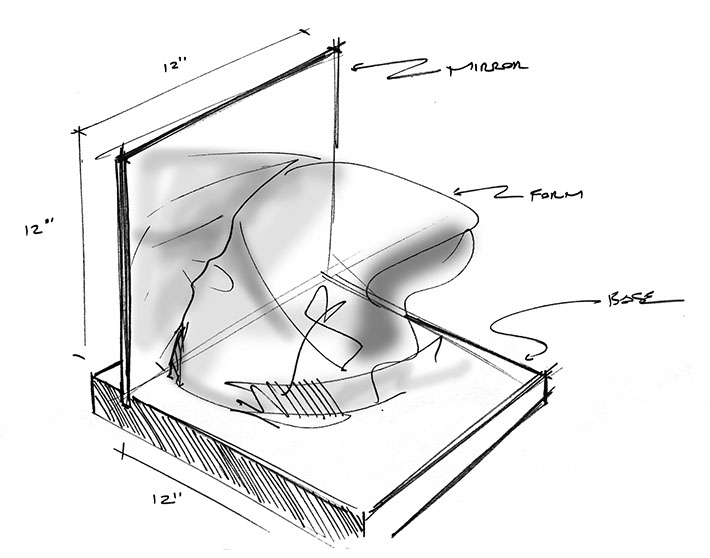DESN 120B — FUNDAMENTALS OF DESIGN II | SPR 2020 | T/TH 4:00–6:45PM | DSN121
PART 2 | CLAY SCULPTING
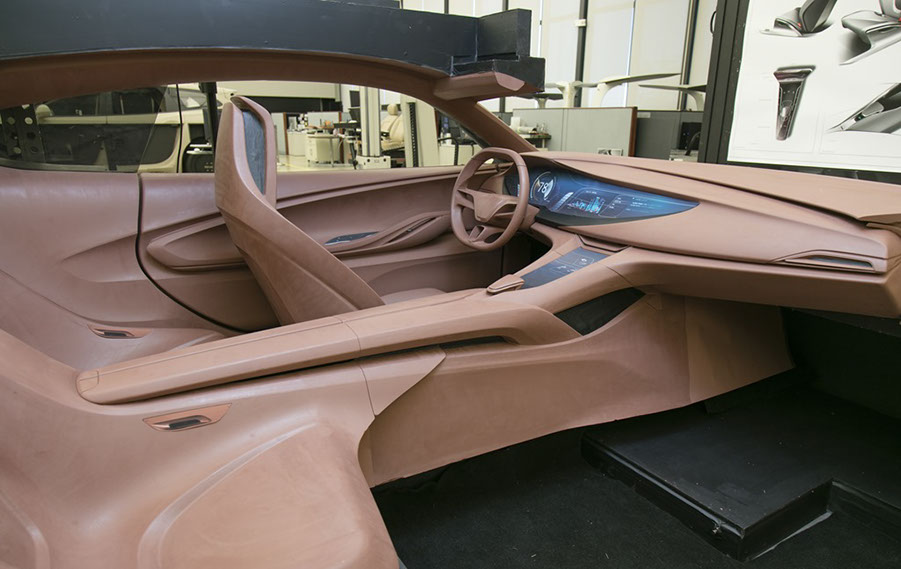
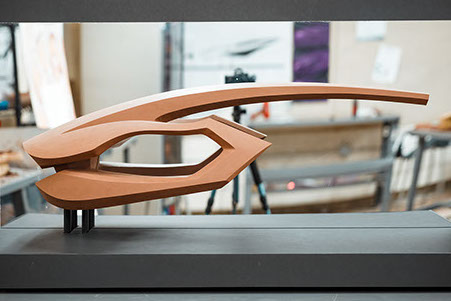
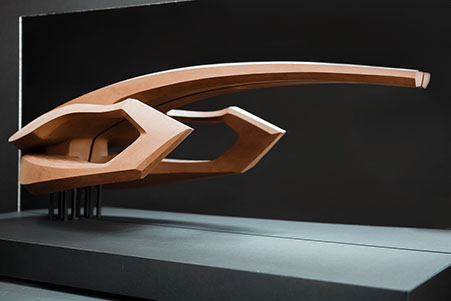
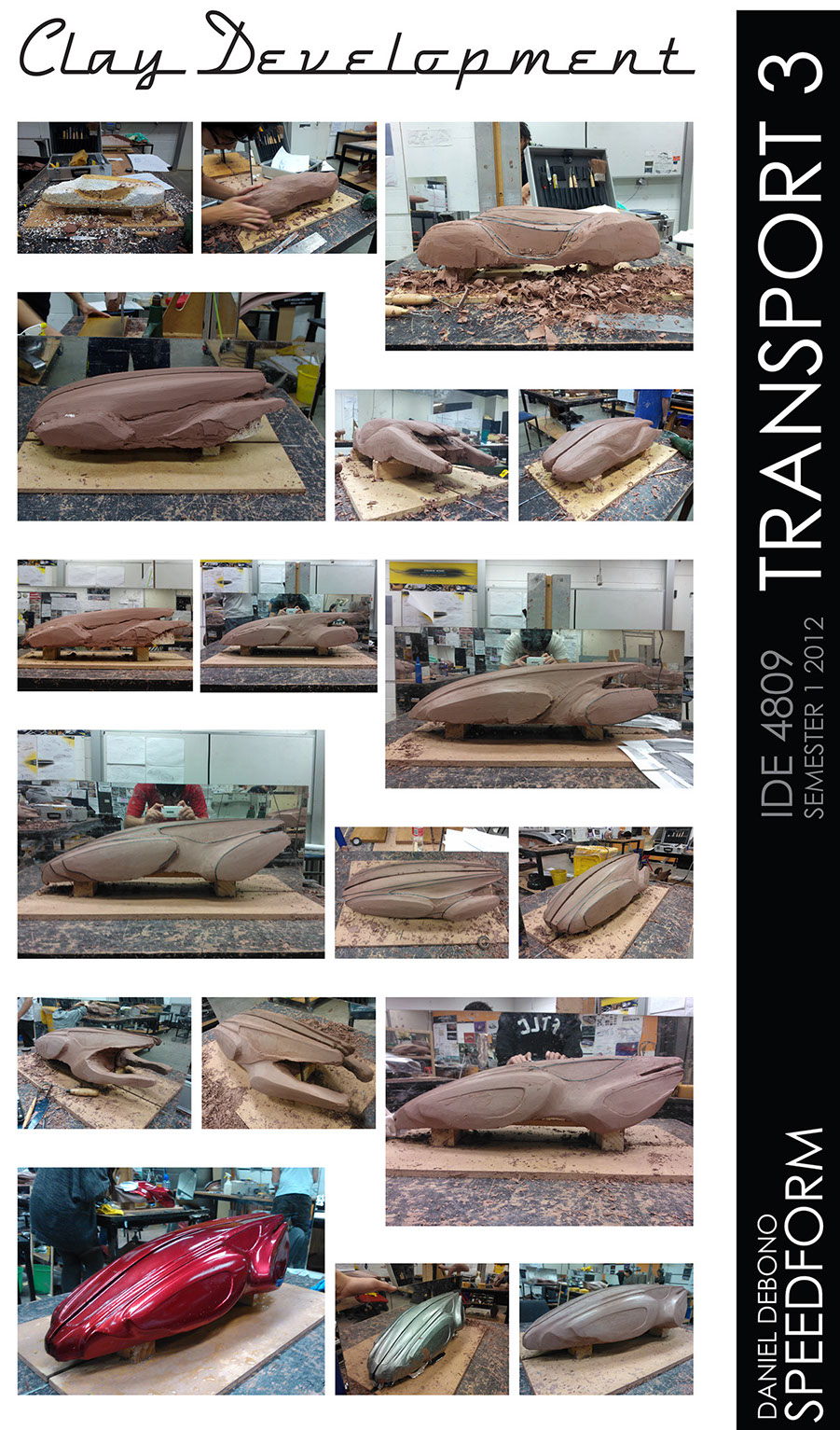
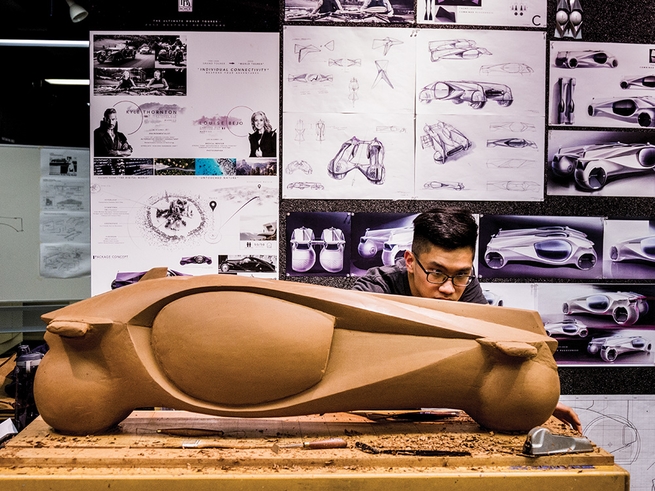
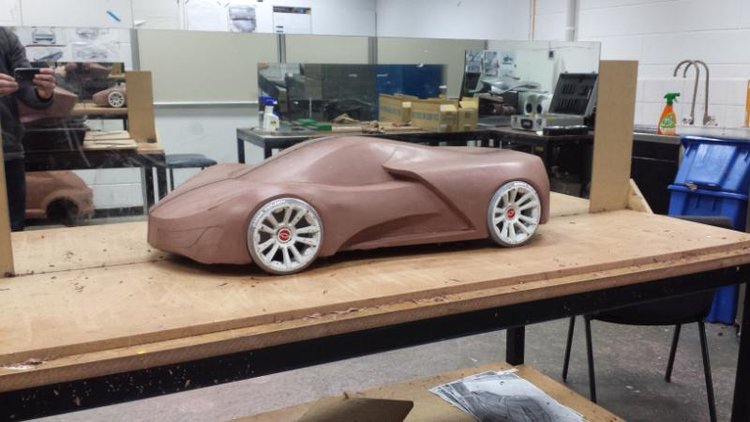
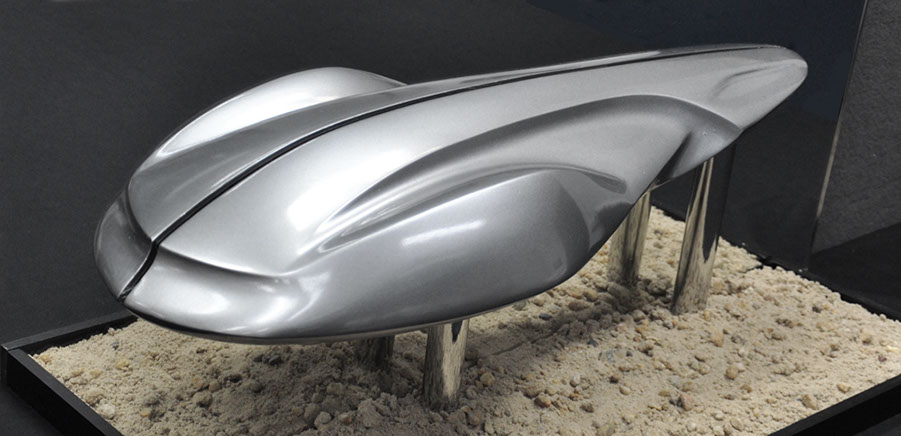
NOTE: DO NOT VINYL WRAP ("PAINT") YOUR SCULPT, LEAVE IT RAW CLAY
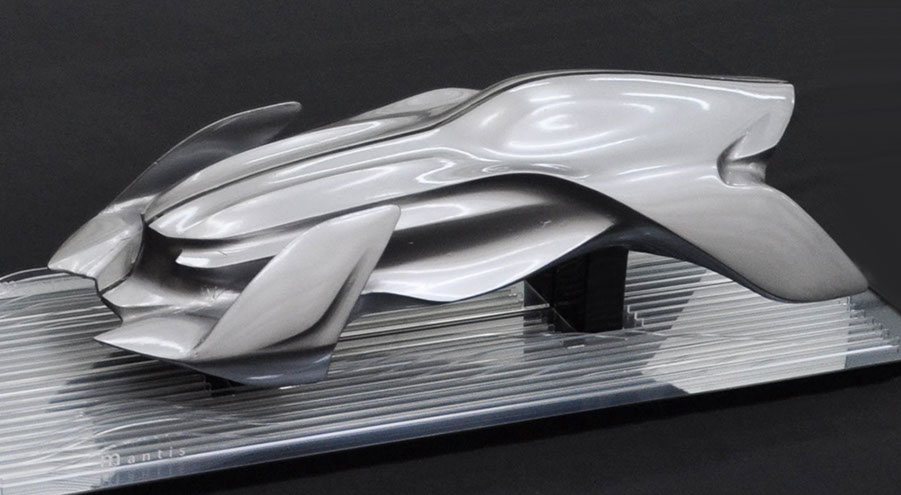
Do not decorate your ground plane on this project, it is unnecessary. Focus on the form
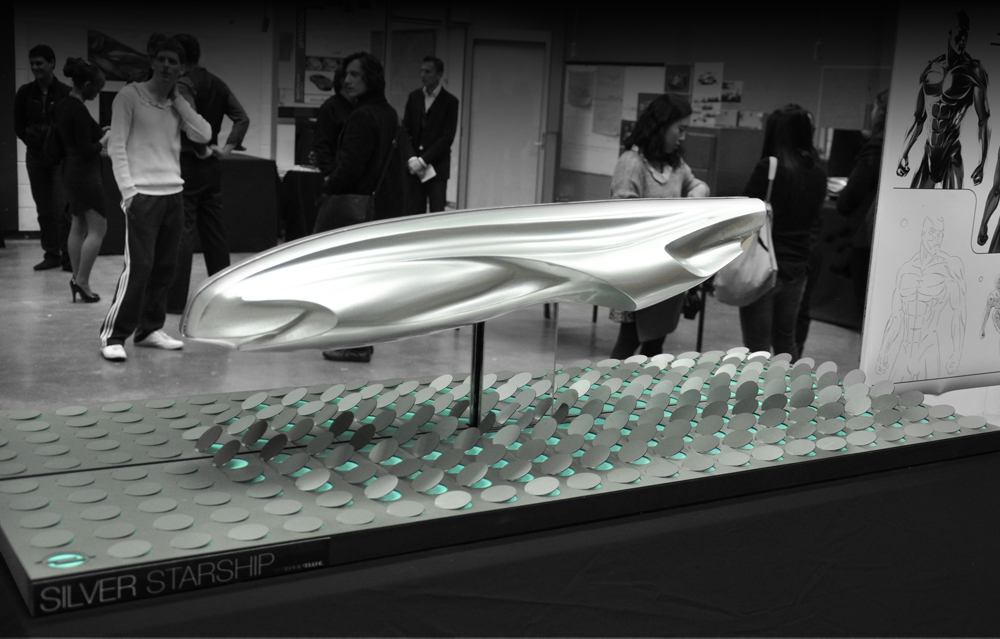
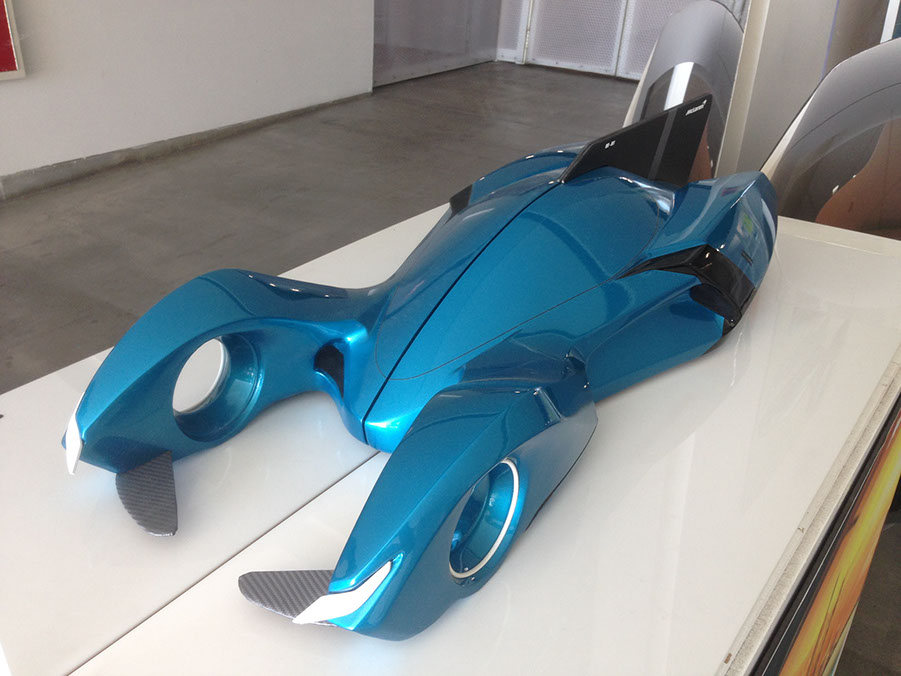
Student design. Art Center of Pasadena, CA
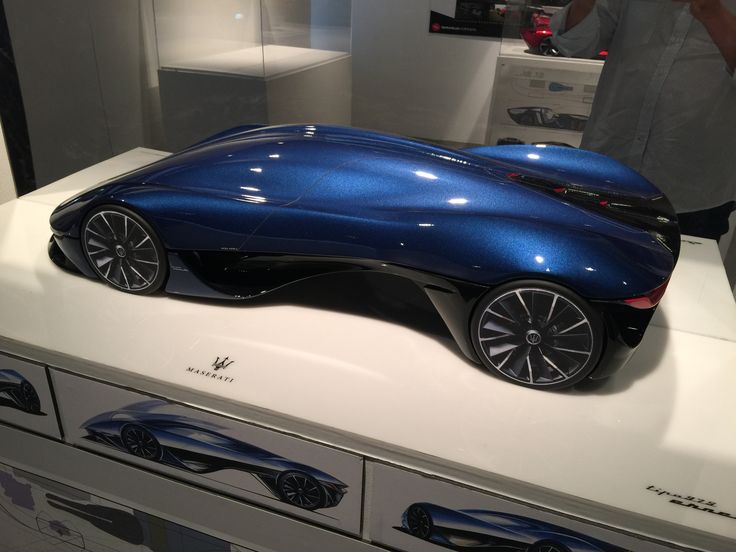
OTHER INDUSTRIES APPLIED
Exhibition Design. The Audi exhibit at the 2013 Shanghai auto show by Schmidhuber Partners
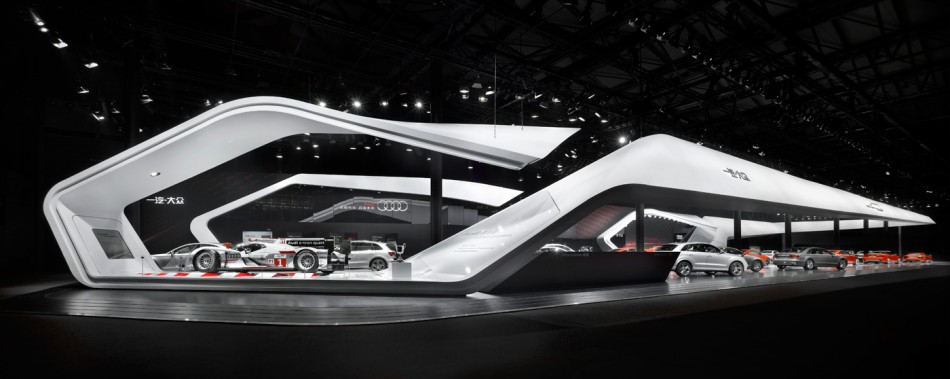
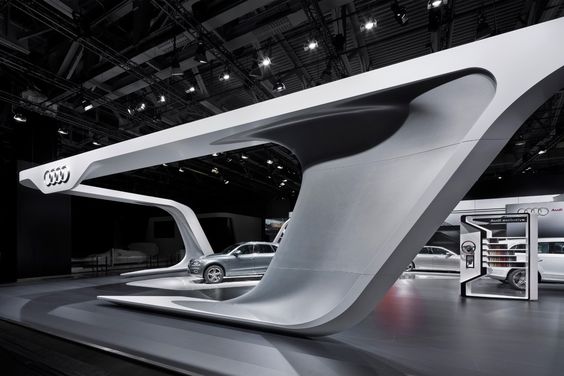
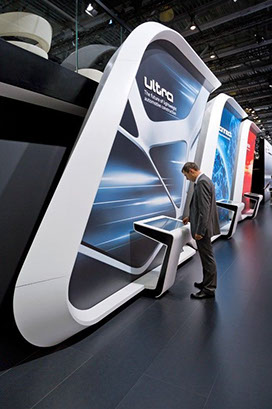
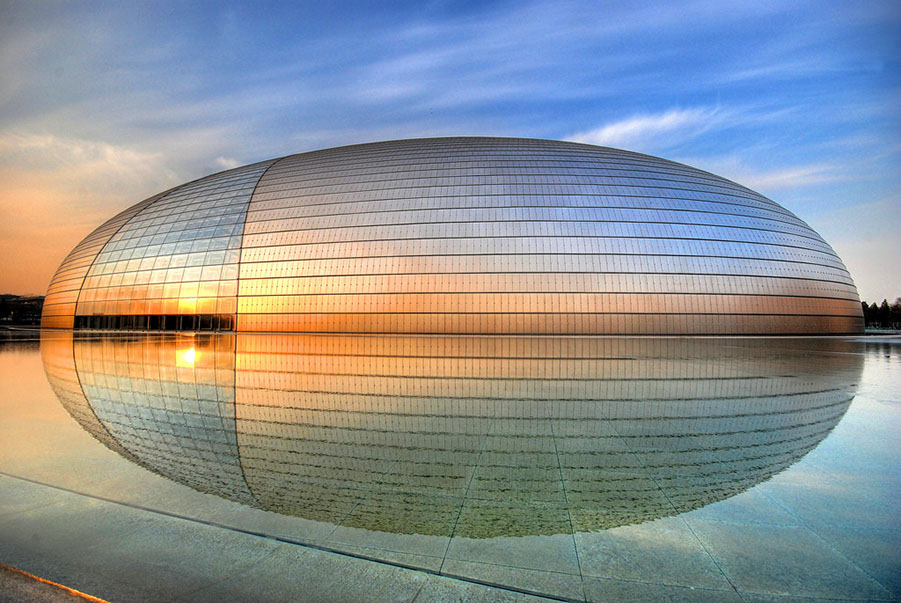
National Centre for the Performing Arts (NCPA), Beijing, China
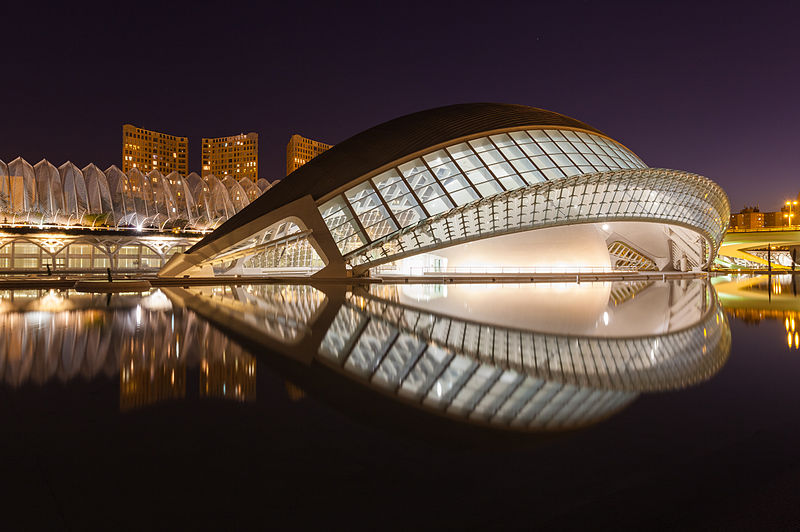
Hemisphere at the City of the Arts and Sciences, Valencia Spain by Santiago Calatrava
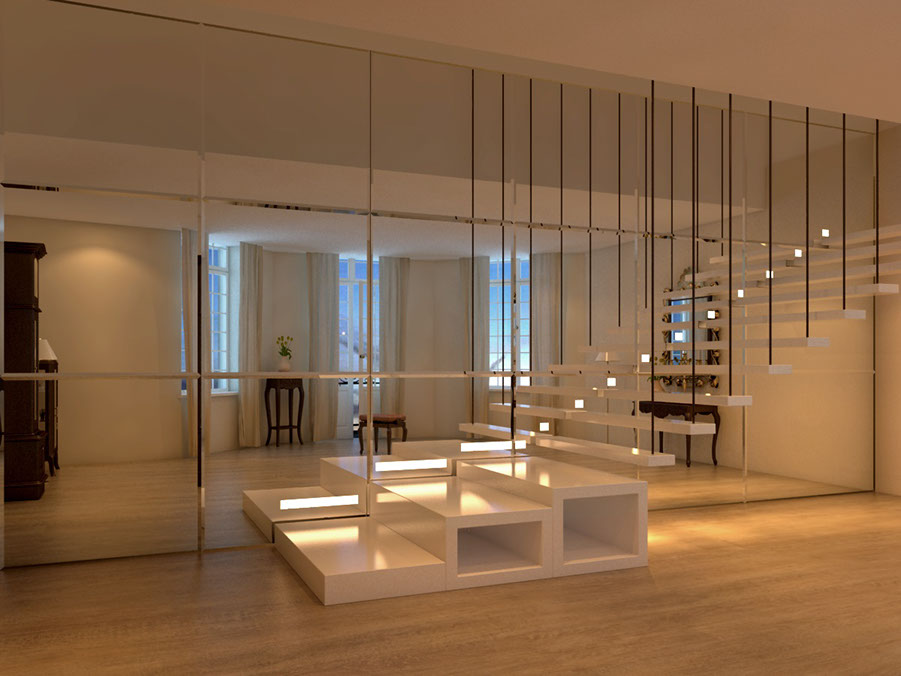
This interior is shown as an example of how a mirrored plane can expand our perception of the space; it is not a "speed form"
Inspiration from the natural landscape, consider this in Landscape, Environmental and Experience Design
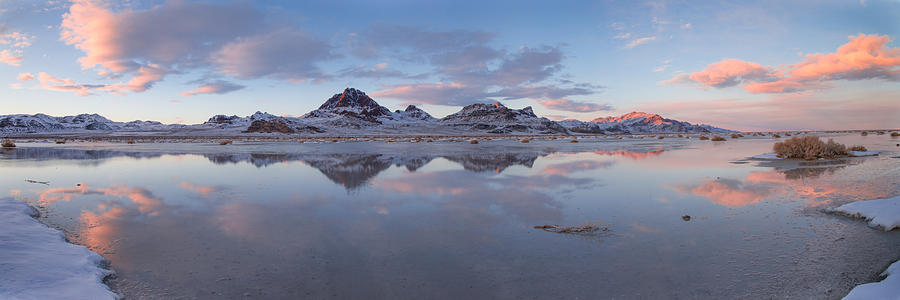
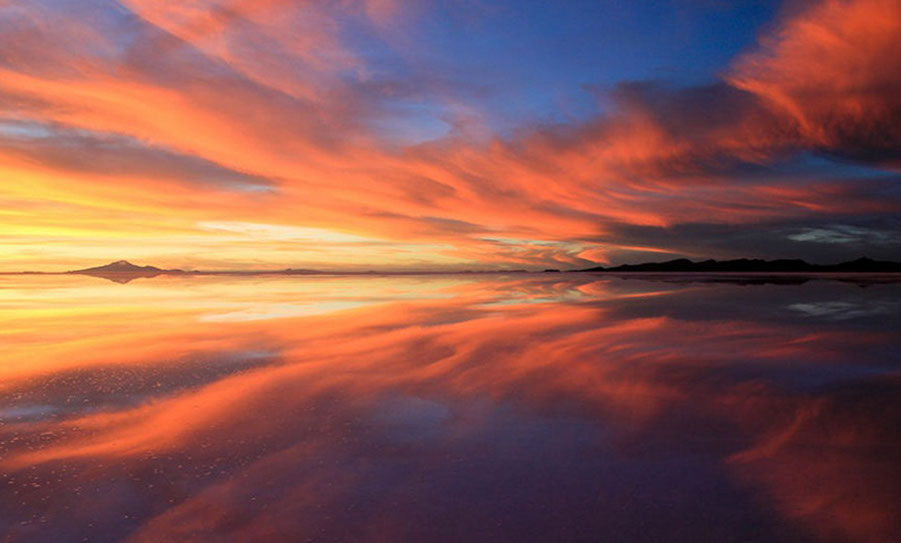
Furniture Design
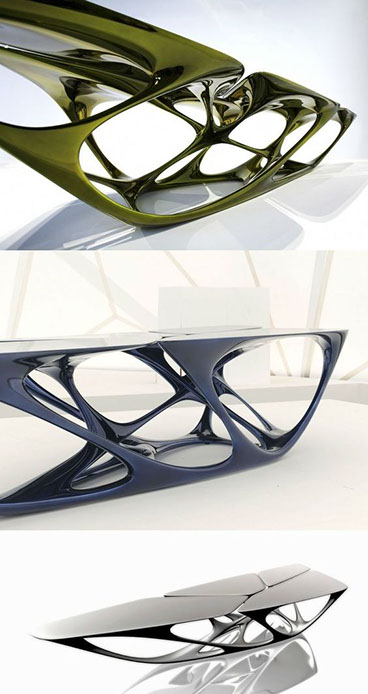
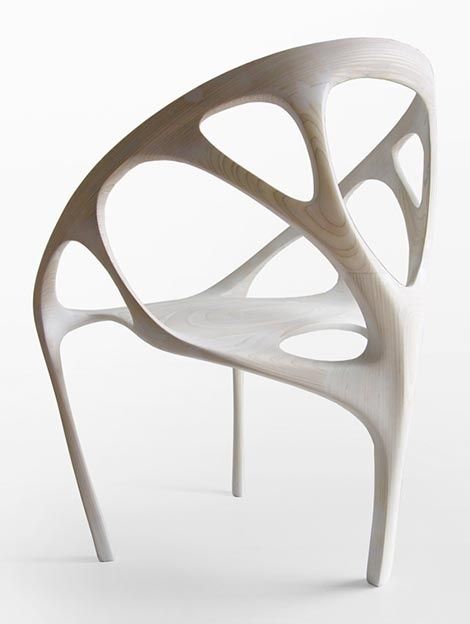
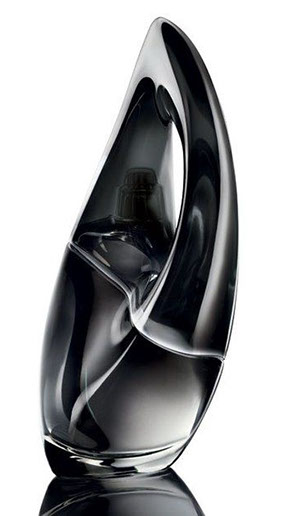
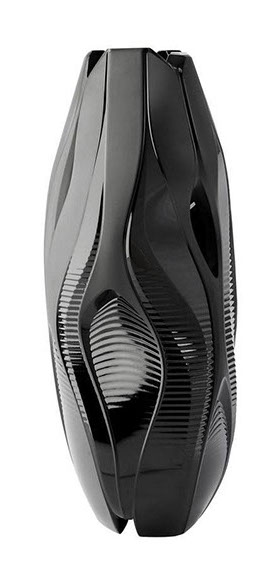
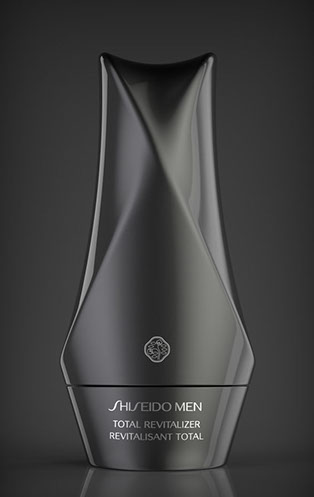
Perfume Bottle Designs
STUDENT LEARNING OBJECTIVES (SLOs)
Upon successful completion of this assignment, students will:
- Gain a deeper understanding of design language through carved form,
- Gain an ability to interpret and translate design language from a specific source to an abstract expression,
- To develop model-building skills and techniques commonly used in Design,
- To develop an understanding of culturally defined standards of quality.
GRADING AND EVALUATION RUBRIC
Student's learning will be developed through the exploration of mixed media, collage, drawing and compositional techniques.
Assessment is determined based on one-on-one feedback, and through student verbal presentation of their concepts and work-product.
The following Rubric will apply in assessment of the student's work product, presentation, and/or process:
^
* Estimate only. See instructor and calendar for specific due dates. Summer Session schedule is more compressed with one week equal to approximately two and half semester weeks.
CSULB | COTA | DEPARTMENT OF DESIGN | BIO

Questions, feedback, suggestions?
Email me with your recommendations.
©2020 Michael LaForte / Studio LaForte, All Rights Reserved. This site and all work shown here is purely for educational purposes only. Where ever possible student work has been used or original works by Michael LaForte.
Works by professionals found online or in publication are used as instructional aids in student understanding and growth and is credited everywhere possible.
